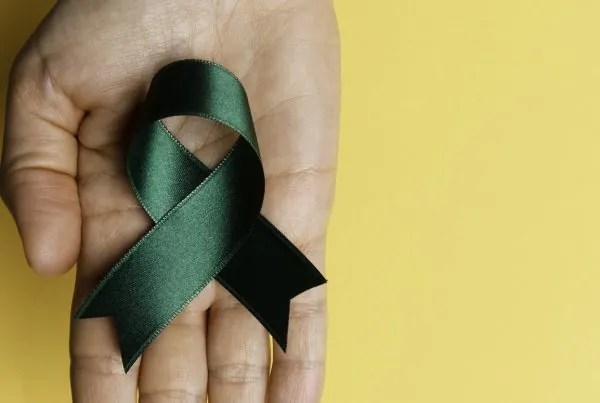Developing tools for self-regulation allows us to tap into our internal resources so we can be less reactive. Self-regulation will increase our ability to navigate difficult situations or work in challenging environments. Self-regulation requires us to tap into our mind and body connection. When someone is dysregulated, they are disconnected. One of the steps to self-regulation is learning to connect with our physical sensations and our bodies. Think of it this way: When we are dysregulated, we are reactive rather than responsive. Likewise, when we are self-regulated, we are responsive rather than reactive.
Often times, parents have a tough time regulating their emotions. Imagine this: your child has done something infuriating—perhaps he’s lied, or she’s ditching school or doing drugs—and you respond by yelling. You are frustrated, and perhaps even triggered. You are dysregulated. At this point, you are ineffective in your parenting and your kids are apt to be dysregulated as well. You are essentially communicating with metaphorically closed fists. Stress and trauma both send the sympathetic nervous system into the fray. However, self-regulation will engage the parasympathetic system, which is the body’s natural way of applying a salve. Your action here is to take a time out. Get yourself to a quiet space so you can begin to self-regulate.
The three main tools of self-regulation are:
Grounding, Resourcing, and Orienting.
Grounding allows you to reconnect with your emotions and physical sensations. Paying attention to your feet on the floor, or placing your hands on something solid can help you get back into your body. Taking deep breaths while you are doing this can help you track the sensations mindfully. Taking a time out when you are dysregulated is the first step to getting grounded.
Resourcing is the way in which you ground. We all have resources within us or outside of ourselves. Resources are tools with which we can reconnect with ourselves. For example, breath can be a resource. Your hands on your belly or lap can be a resource. Your pet can be a resource. A resource is something that helps you feel good when everything around you is dismal.
Orienting is a way of checking in with your surroundings. When we are not self-regulated, we check out. It can be a very disembodying experience–one that feels determinedly unsafe and out of control. So when we orient, we do so by consciously noticing our surroundings: looking around the room, noticing where we are, where we are sitting, et cetera.
All of these tools help us self-regulate and all of these tools can be taught to our kids regardless of their age or stage of development. In very young children, it starts with self-soothing and bringing awareness to feelings. As kids get older, the language can shift and become more detailed. Being a teen is frightening developmental state; they experience life more intensely because of where they are developmentally. Teens can learn to slow down. Count to 10 before you respond to something provocative, or take a deep, mindful breath. You may find that what you thought you had to say changes. You may discover that what you need to say comes out softer and kinder. Using your breath this way is a means of grounding and resourcing. When we do this, we are developing skills to be in relationship with our impulses and feelings. By reinforcing this awareness, we gain opportunities to change. Self-regulation is a doorway to self-care. In caring for ourselves, we can more aptly care for others.
Parents, you can act as the conduit for this shift. Your kids want to learn from you, even as they push away. By developing these self-regulating tools yourself, your kids may follow. Teach by example, not by hard hands. By doing so, you will no longer communicate with closed fits; you will communicate with open palms and an open heart.
Read this for inspiration:









One Comment